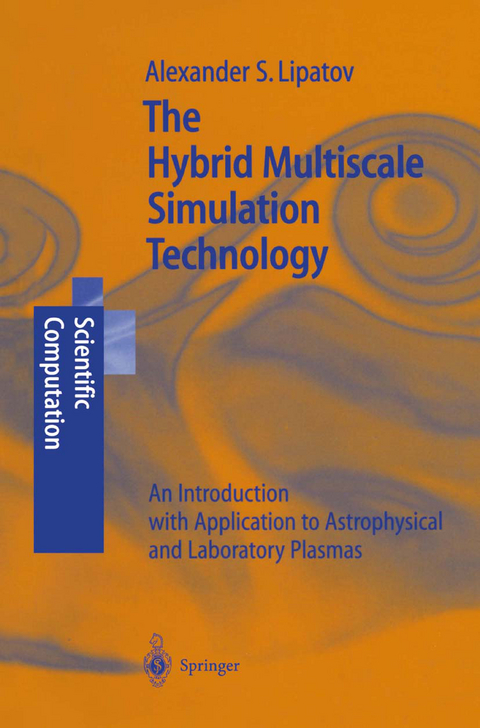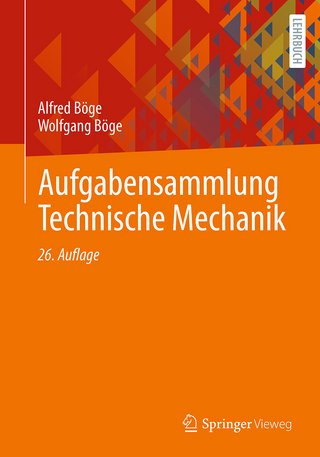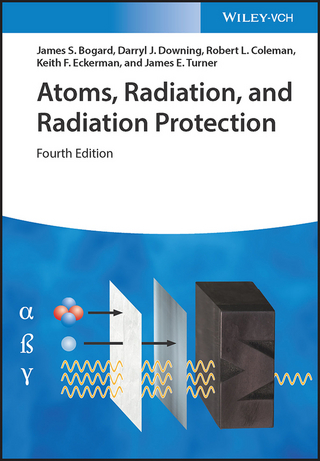
The Hybrid Multiscale Simulation Technology
Springer Berlin (Verlag)
978-3-642-07508-7 (ISBN)
1 Physical Systems and Computational Models.- 2 Particle-Mesh Models.- 3 Time Integration of the Particle Motion Equations.- 4 Density and Current Assignment Force Interpolation Conservation Laws.- 5 Time Integration of the Field and Electron Pressure Equations.- 6 General Loops for Hybrid Codes Multiscale Methods.- 7 Particle Loading and Injection Boundary Conditions.- 8 Collisionless Shock Simulation.- 9 Tangential Discontinuity Simulation.- 10 Magnetic Field Reconnection Simulation.- 11 Beam Dynamics Simulation.- 12 Interaction of the Solar Wind with Astrophysical Objects.- 13 Appendix.- 14 Solutions.- References.
From the reviews:
"This book provides a very useful guide for researchers as well as graduate students in the field of plasma numerical modelization, primarily by hybrid methods that treat some aspects of the plasma dynamics kinematically and some others as fluids. The vast literature on the subject is summarized in a way that can rapidly be exploited by computer knowledgeable persons and a few exercises are proposed that can be used in courses in astrophysical plasmas." (Mathematical Reviews 2003g)
"This book provides a very useful guide for researchers as well as graduate students in the field of plasma numerical modelization ... . The vast literature on the subject is summarized in a way that can rapidly be exploited by computer knowledgeable persons and a few exercises are proposed that can be used in courses in astrophysical plasmas. ... This book, which provides a useful guide to the literature, is somewhat specialized to the specific problems of space plasmas ... ." (Thierry Passot, Mathematical Reviews, 2003 g)
| Erscheint lt. Verlag | 1.12.2010 |
|---|---|
| Reihe/Serie | Scientific Computation |
| Zusatzinfo | XVIII, 403 p. |
| Verlagsort | Berlin |
| Sprache | englisch |
| Maße | 155 x 235 mm |
| Gewicht | 635 g |
| Themenwelt | Naturwissenschaften ► Physik / Astronomie ► Angewandte Physik |
| Naturwissenschaften ► Physik / Astronomie ► Astronomie / Astrophysik | |
| Technik ► Luft- / Raumfahrttechnik | |
| Schlagworte | Collision • Hybrid Models • Interpolation • Maxwell's equations • Numerical analysis • Numerical Methods • Plasma • Plasma Modelling • Simulation • Vlasov-Maxwell Equations |
| ISBN-10 | 3-642-07508-8 / 3642075088 |
| ISBN-13 | 978-3-642-07508-7 / 9783642075087 |
| Zustand | Neuware |
| Informationen gemäß Produktsicherheitsverordnung (GPSR) | |
| Haben Sie eine Frage zum Produkt? |
aus dem Bereich


